जलवायु कार्य योजनाएँ, भाग 1: रॉयल बोटेनिक गार्डन, क्यू
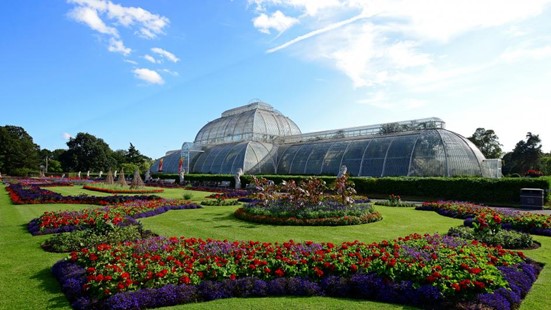
ए जलवायु कार्य योजना यह एक रणनीति दस्तावेज़ है जो किसी संस्थान के उत्सर्जन और अन्य जलवायु प्रभावों के मापन और कमी की रूपरेखा तैयार करता है। जलवायु कार्य योजना बनाने से पारदर्शिता किसी संस्था के वर्तमान प्रभाव के बारे में, ग्रीनवाशिंग को रोकता है स्थिरता पहलों का एक उदाहरण, तथा जलवायु परिवर्तन और पर्यावरण न्याय को संबोधित करने के लिए प्रतिबद्धता को दर्शाता है। जलवायु कार्य योजना मेहमानों, समुदायों, कर्मचारियों, दाताओं, बोर्ड के सदस्यों और सभी हितधारकों के लिए जलवायु परिवर्तन को संबोधित करने के लिए आपकी प्रतिबद्धता और भविष्य के लिए जवाबदेही की प्रतिज्ञा का एक प्रदर्शन है।
यह लेख होगा तीन भागों वाली श्रृंखला का पहला भाग तीन अलग-अलग संस्थाओं की जलवायु कार्ययोजनाओं को प्रदर्शित किया जाएगा, तथा कटौती के लिए आधार रेखा स्थापित करने, प्रभावी कटौती रणनीति तैयार करने, तथा जलवायु परिवर्तन से निपटने में स्थानीय समुदाय को शामिल करने पर चर्चा की जाएगी। जलवायु टूलकिट में साक्षात्कार राचेल पर्डनरॉयल बोटेनिक गार्डन, क्यू में स्थिरता प्रमुख, डॉ. एपीजे अब्दुल कलाम से उनकी योजना के निर्माण में उनकी भागीदारी के बारे में जानने के लिए बात की गई।
क्या आप हमें बता सकते हैं कि आपने अपनी जलवायु कार्य योजना कैसे बनानी शुरू की? आपकी जलवायु रणनीति क्या है?
कोविड लॉकडाउन के कारण पैदा हुए मजबूरी भरे विराम ने आरबीजी क्यू को दीर्घकालिक स्थिरता लक्ष्यों के बारे में गहराई से सोचने के लिए अधिक समय दिया। जलवायु आपातकाल की तात्कालिकता के कारण वे महत्वाकांक्षी होना चाहते थे। वार्षिक कर्मचारी सर्वेक्षण हमें पता चला कि स्थिरता पर अधिक ध्यान देने के लिए वास्तविक उत्साह और इच्छा थी। इसलिए, उन्होंने 2020 और 2021 की उस अवधि का उपयोग बागानों के हर विभाग के प्रतिनिधियों के साथ एक नेट-जीरो वर्किंग ग्रुप स्थापित करने के लिए किया। उस समूह ने आरबीजी क्यू की रणनीति और उसके लक्ष्यों की संरचना और सामग्री को आकार देने में मदद की। उन्हें न्यासी बोर्ड से मंजूरी मिली जिसने टीम को पिछले साल के वसंत में रणनीति शुरू करने की अनुमति दी।
केव में तीन स्थिरता मार्ग हैं कार्रवाई, विशेषज्ञता, और आवाज़.
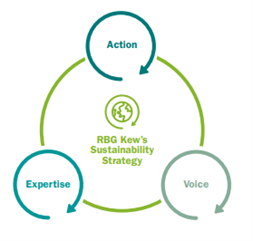
क्यू का कार्रवाई यह वह जगह है जहाँ आपको अधिक मानक स्थिरता परिचालन लक्ष्य मिल सकते हैं जैसे कि वे सभी इमारतों को गर्म और बिजली कैसे देते हैं। फोकस के क्षेत्रों में ऊर्जा, आगंतुक और कर्मचारी यात्रा, अपशिष्ट, पानी, भूमि की देखभाल, निवेश, खरीद निर्णय, आईटी अवसंरचना, खाद्य सेवा और एकल-उपयोग प्लास्टिक शामिल हैं।
क्यू का विशेषज्ञता संगठन भर में उनके वैज्ञानिकों से आता है जो अन्य बातों के अलावा प्रकृति-आधारित समाधानों में सर्वोत्तम प्रथाओं के लिए सबूत प्रदान कर सकते हैं। आरबीजी क्यू वैज्ञानिक और बागवानी ज्ञान और अनुसंधान का एक स्रोत है और यह बहुत महत्वपूर्ण है कि इसका उपयोग उनके जलवायु सकारात्मक लक्ष्य की दिशा में प्रगति का समर्थन करने के लिए किया जाए।
इनके अतिरिक्त, केव आपको अपने आवाज़ बदलाव का आह्वान करने के लिए – केव के पास बड़े और विविध दर्शकों के साथ एक विश्वसनीय आवाज़ है। वे इस पहुंच का उपयोग अपने दर्शकों को ग्रह की रक्षा के लिए कार्रवाई करने के लिए प्रेरित और सशक्त बनाकर, व्याख्या, टिकाऊ घटनाओं और आगंतुक कार्यक्रमों, कहानी कहने और बहुत कुछ के माध्यम से अपने स्वयं के कार्य से बड़ा प्रभाव डालने के लिए करते हैं।
आप क्यों मानते हैं कि जलवायु कार्य योजनाओं के लिए पारदर्शिता महत्वपूर्ण है?
विश्व को तत्काल वैश्विक परिवर्तन का सामना करना पड़ रहा है – हर कोई 2030 तक उत्सर्जन आधा करना होगा 1.5 डिग्री सेल्सियस तक तापमान वृद्धि को सीमित करने की संभावना को बनाए रखना। नेट-जीरो की ओर संक्रमण के कई सकारात्मक प्रभाव हो सकते हैं (जैसे स्वच्छ हवा, कम प्रदूषण और स्वस्थ जीवन शैली) लेकिन इसके लिए लोगों को एक साथ काम करने की आवश्यकता है - एक साथ सीखने के लिए बहुत कुछ है! केव कई नेटवर्क और सहयोगों जैसे "फिट फॉर द फ्यूचर" और "क्लाइमेट चेंज अलायंस ऑफ बॉटनिक गार्डन" और "द क्लाइमेट टूलकिट" की मदद से रणनीतियों के खिलाफ प्रगति कर रहा है। दृष्टिकोण केव की प्रगति और उनके द्वारा उठाए जा रहे कदमों के बारे में स्पष्ट रूप से बात करने की कोशिश करना है, लेकिन चुनौतियों को साझा करना और दूसरों के साथ काम करना भी है। आरबीजी केव अपनी स्थिरता प्रगति के बारे में पारदर्शी होने का प्रयास करता है, और हर साल वार्षिक रिपोर्ट और खातों के भीतर एक स्थिरता रिपोर्ट प्रकाशित करता है।
यदि आप अधिक जानना चाहते हैं, तो केव की स्थिरता रणनीति पढ़ें यहाँ.
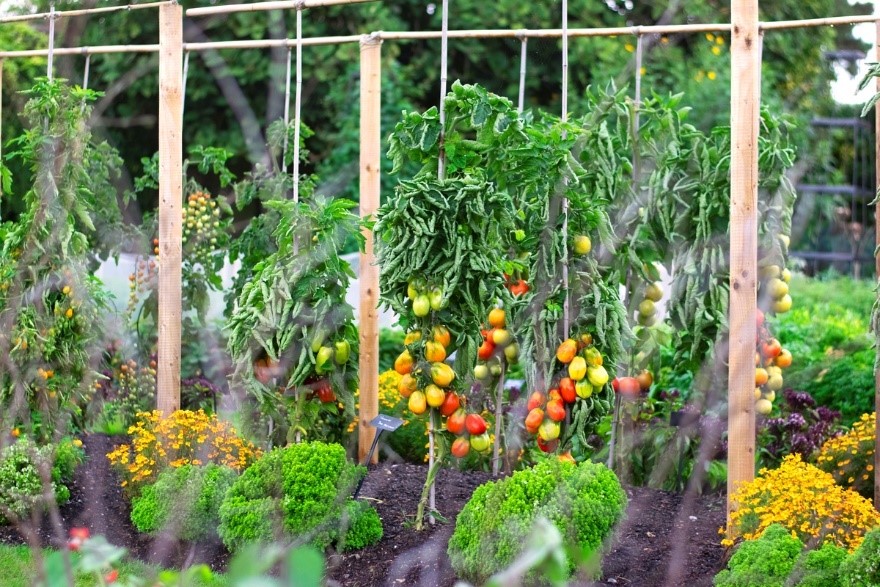
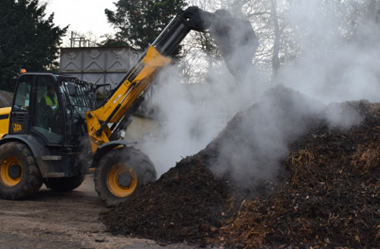
क्या आपके पास जलवायु कार्य योजना बनाने के लिए कोई सुझाव है?
जलवायु कार्य योजना बनाने का कोई एक सही तरीका नहीं है - सबसे महत्वपूर्ण बात यह है कि यह आपके संगठन के संदर्भ, महत्वाकांक्षा और क्षमता के अनुकूल हो। अक्सर, शुरुआत करने का एक अच्छा तरीका बेसलाइन मूल्यांकन करना होता है (केव ने स्कोप 1, 2 और 3 उत्सर्जन में बेसलाइन लेकर शुरुआत की) और फिर बाहरी ढांचे, उपकरण या संसाधनों की पहचान करें जो आपके संगठन के मिशन के मूल से सबसे शक्तिशाली रूप से जुड़ते हैं - जैसे कि संयुक्त राष्ट्र सतत विकास लक्ष्य, विज्ञान-आधारित लक्ष्य पहल, या राष्ट्रीय या स्थानीय लक्ष्य - अपने संगठन के लिए अनुकूल संरेखण की तलाश करें।
व्यापक रूप से परामर्श करना और आंतरिक तथा बाहरी हितधारकों को शामिल करना नए दृष्टिकोण प्रदान कर सकता है जो बदले में कर्मचारियों, सलाहकारों और सहकर्मी संगठनों सहित अधिक परिवर्तन और महत्वाकांक्षा को प्रेरित करता है। स्थिरता पहल अक्सर तेज़ गति वाले परिवर्तनों को प्रेरित करती है जो केव को लगातार रूपरेखा और लक्ष्यों की जांच करने की अनुमति देती है ताकि यह देखा जा सके कि आप कहां और अधिक कर सकते हैं।
स्थिरता रणनीतियों को आपके संस्थान की ज़रूरतों के हिसाब से विशिष्ट होना चाहिए, इसलिए शुरुआत करने के लिए सबसे अच्छी जगह आपके संगठन के मूल्यों और आपकी टीमों को प्रेरित करने वाली चीज़ों को देखना है। वहाँ से आप ज़रूरत पड़ने पर धीरे-धीरे विस्तृत लक्ष्य और कार्यवाहियाँ बना सकते हैं।
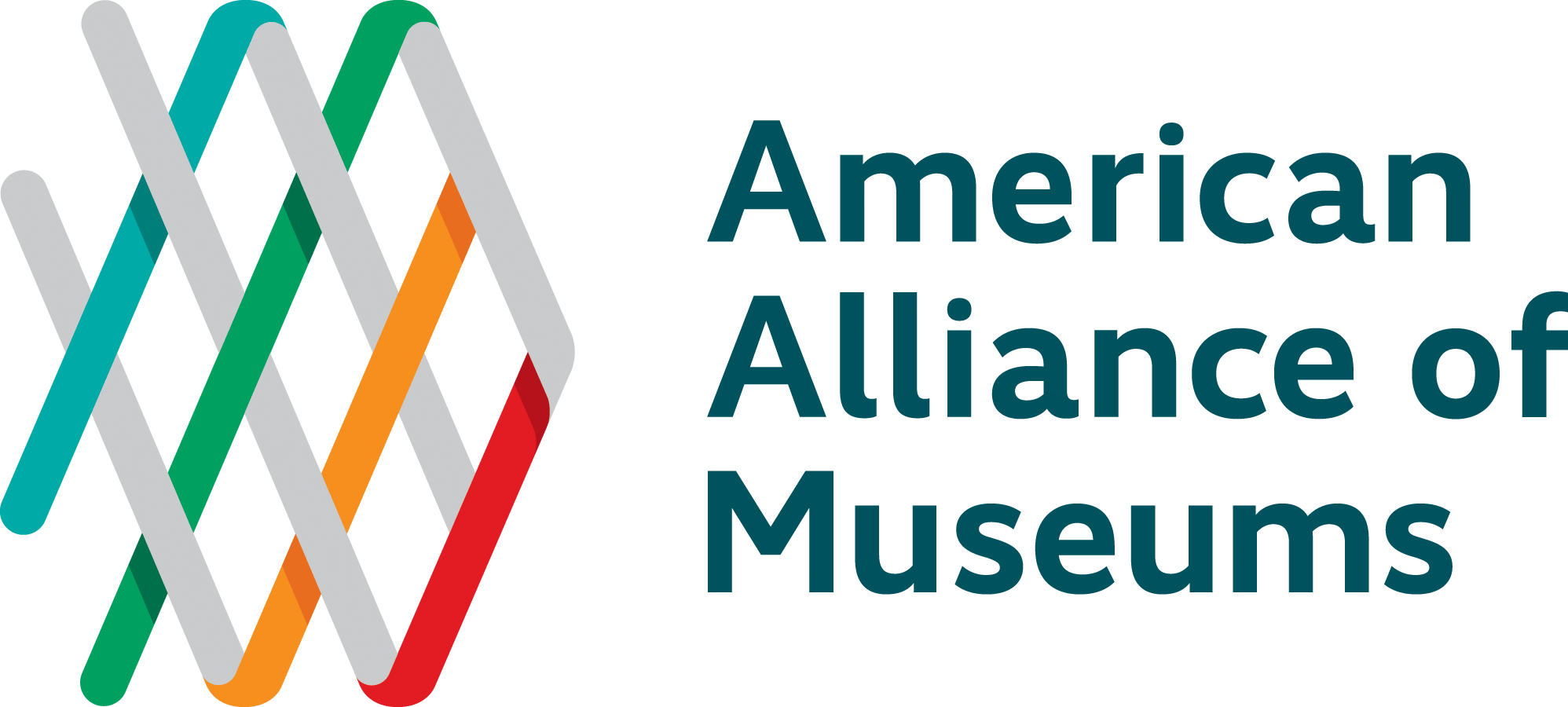





हाल ही की टिप्पणियाँ